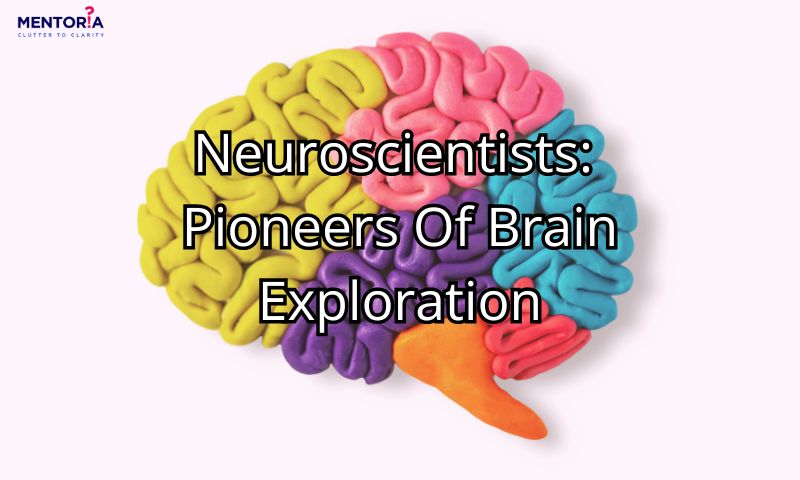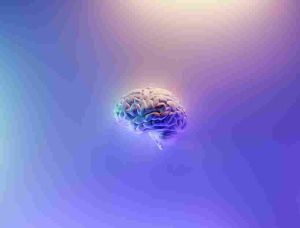Neuroscientists: Pioneers Of Brain Exploration

Have you ever wondered what goes on inside your head when you think, feel, or even daydream? The human brain, that three-pound wonder encased in your skull, is like an intricate puzzle waiting to be solved. It’s the epicentre of our emotions, thoughts, and actions, and understanding it is the key to unlocking the mysteries of our own existence. But where do we turn when we seek to uncover its secrets? That’s right – neuroscientists. These curious minds are the Sherlock Holmes of the brain, tirelessly examining every nook and cranny in their quest to shed light on the enigma that is the human mind.
Neuroscientists are the detectives of our cerebral world, armed not with magnifying glasses and pipes, but with cutting-edge technology and a passion for discovery. Their mission? To chart the brain’s terrain, decipher its cryptic codes, and uncover the secrets it holds. With each breakthrough, they inch closer to answering age-old questions about memory, consciousness, and what makes us who we are. In this blog, we will explore the vital role of neuroscientists in advancing our understanding of the brain, delving into their methods, challenges, and the fascinating insights they’ve already uncovered.
The Brain: Our Incredible Powerhouse
Before we dive into the world of neuroscientists, let’s take a moment to appreciate the brain. This three-pound organ is a true marvel, containing around 86 billion neurons. To put that into perspective, that’s more neurons than there are stars in the Milky Way galaxy!
But here’s the kicker – despite centuries of study, we’ve only scratched the surface of understanding the brain. It’s an enigmatic powerhouse, responsible for everything from thoughts and emotions to memory and consciousness. Now, let’s explore how neuroscientists are working tirelessly to demystify this intricate organ.
The Brain’s Plasticity: A Remarkable Adaptation
One of the lesser-known but utterly mind-blowing aspects of the brain is its plasticity. The brain’s ability to rewire itself, adapt, and learn is nothing short of astonishing. It’s thanks to neuroscientists that we’ve come to understand the extent of this plasticity.
Ever heard of the case of Phineas Gage? He’s the guy who had an iron rod blast through his frontal lobe in a workplace accident in 1848. Miraculously, he survived, but his personality underwent a complete transformation. Neuroscientists have since studied cases like Gage’s to unravel the mysteries of brain plasticity. They’ve shown that even after severe injuries, the brain can adapt, reroute functions, and recover.
Neuroscientists In Action: Brain Mapping
You might be surprised to learn that we’re still mapping the brain. In the past, we thought we had the brain all figured out – distinct regions for specific functions. But neuroscientists are rewriting the playbook.
Instead of thinking in terms of localised brain functions, they’re investigating the brain’s connectivity. They’re discovering that the brain functions more like a complex network, with different regions communicating and working together in ways we’re just beginning to understand. This shift in thinking is a game-changer, and it’s only possible through the dedicated work of neuroscientists.
Mirror Neurons: The Empathy Enigma
Mirror neurons are a relatively recent discovery in the world of neuroscience, and they’ve got us all thinking about the nature of empathy. These neurons fire both when we perform an action and when we see someone else perform the same action. They’re like the brain’s empathy circuitry.
Think about it: when you see someone yawn, you might yawn too, right? That’s your mirror neurons in action, making you feel what someone else is feeling. Neuroscientists are still piecing together the role of mirror neurons in our ability to understand and connect with others on an emotional level.
Neuroscientists Unravelling The Mystery Of Memory
We all know that the brain is the keeper of our memories, but the precise mechanisms of memory formation are still a puzzle. Neuroscientists are at the forefront of memory research, uncovering fascinating details.
For instance, did you know that there are different types of memory? There’s short-term memory, long-term memory, and even procedural memory (the kind that helps you ride a bike or type on a keyboard). Neuroscientists are working on understanding the specific brain regions and processes responsible for each type of memory.
The Neurobiology Of Dreams
Dreams – those mysterious journeys we take every night during sleep. Have you ever wondered why we dream or what’s happening in our brains while we do? Neuroscientists are just as curious.
They’ve discovered that during rapid eye movement (REM) sleep, our brains are buzzing with activity, similar to when we’re awake. In fact, some regions, like the amygdala (responsible for processing emotions), are even more active during REM sleep. This suggests that our dreams might be closely linked to our emotional experiences and memory consolidation.
Neuroscientists And The Mind-Body Connection
The mind-body connection has been the subject of philosophical debate for centuries, but neuroscientists are getting closer to bridging the gap between the physical brain and the conscious mind.
They’ve identified the default mode network (DMN) in the brain, which is most active when we’re at rest and daydreaming. This network plays a crucial role in introspection and self-awareness. Understanding the DMN is helping neuroscientists shed light on the neural basis of our sense of self and consciousness.
The Brain In Art And Creativity
Neuroscience isn’t just about understanding the brain for the sake of science; it’s also enhancing our appreciation of art and creativity.
Neuroscientists have explored the brain’s response to art, discovering that viewing art stimulates the same brain regions associated with romantic love. This neurological connection between art and love has sparked new discussions on the profound impact art can have on our emotions and well-being.
Mentoria: Your Neuroscientific Journey Begins With Us
In the ever-evolving field of neuroscience, researchers continue to unlock the secrets of the brain, pushing the boundaries of human knowledge. As we delve deeper into the intricate workings of the mind, it becomes clear that neuroscientists play a pivotal role in advancing our understanding of the brain, from its fundamental functions to the complexities of neurological disorders.
Mentoria, recognising the significance of neuroscience in shaping the future of healthcare and human potential, offers guidance and support for budding neuroscientists. Our platform connects aspiring researchers with experienced mentors in the field, providing invaluable insights and resources to navigate this complex and exciting discipline. Whether you’re exploring the mysteries of the brain’s structure, delving into cognitive processes, or aiming to make breakthroughs in brain-related diseases, Mentoria can help you on your journey.
So, embrace your role as a future neuroscientist, and let Mentoria be your compass in this captivating world of discovery.









